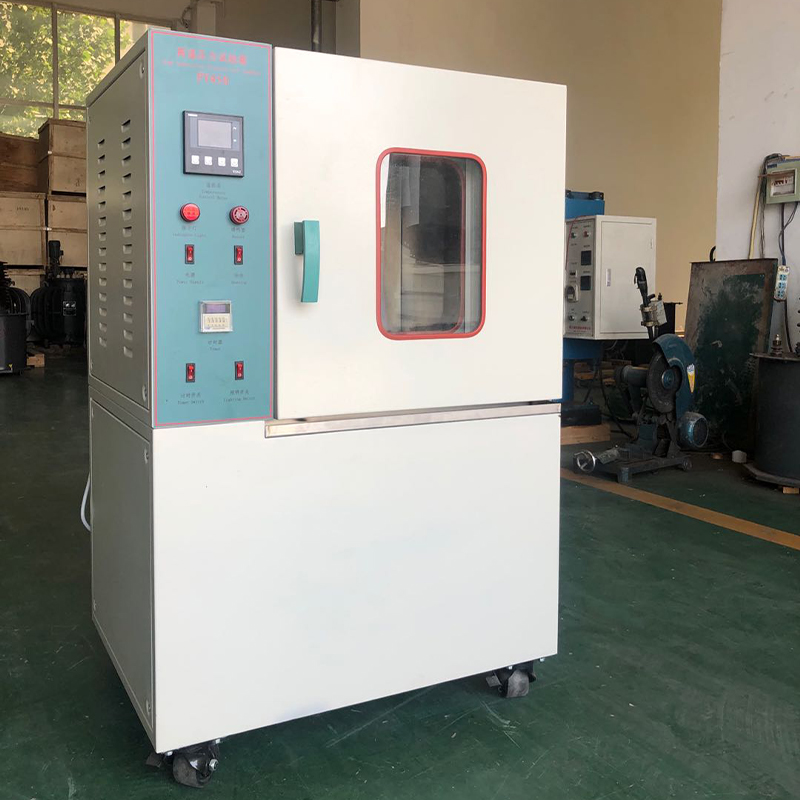Fire Resistance Testing Equipment for Evaluating Material Performance Under Flame Exposure
Understanding Fire Resistance Test Machines An Essential Tool for Safety and Compliance
In an increasingly safety-conscious world, ensuring that materials and structures can withstand fire is more crucial than ever. Fire resistance test machines play a pivotal role in this endeavor by providing a controlled environment to assess the performance of various materials under fire conditions. This article explores the significance, functionality, and application of fire resistance test machines, highlighting their importance in construction, manufacturing, and regulatory compliance.
The Importance of Fire Resistance Testing
Fire incidents can lead to devastating consequences, including loss of life, property damage, and economic disruption. The ability of a building or material to resist fire can significantly influence safety during emergencies. Regulatory bodies around the world mandate specific fire resistance levels for construction materials and elements, which must be rigorously tested to ensure compliance. Fire resistance test machines are instrumental in evaluating how materials react to fire, exposing them to high temperatures, flames, and smoke, thereby determining their capability to maintain structural integrity and protect occupants.
Functionality of Fire Resistance Test Machines
Fire resistance test machines are designed to simulate real-world fire conditions. These machines can replicate a variety of fire scenarios, allowing for comprehensive testing of different materials. The machines typically include
1. Heating Systems These are designed to reach the necessary temperatures to simulate fire conditions. High-quality insulation helps maintain consistent temperatures, ensuring reliable results.
.
2. Testing Chambers Materials to be tested are placed within a controlled environment that mimics fire exposure. This chamber allows for the measurement of thermal performance and structural behavior under extreme conditions.
3. Data Acquisition Systems These systems record various parameters during the test, such as temperature, time, and structural response. Accurate data collection is essential for analyzing performance.
fire resistance test machine

4. Observation Windows Some machines are equipped with windows that allow researchers to visually monitor the burning process, providing real-time insights into how materials behave under fire exposure.
5. Cooling Systems After the test, cooling systems may be activated to halt any ongoing reactions and safely bring the equipment back to a stable state.
Applications in Various Industries
Fire resistance test machines are utilized in various sectors, including construction, manufacturing, and material development. In construction, testing is vital for ensuring that walls, ceilings, doors, and other critical components meet safety standards. Architects and engineers rely on test results to choose the appropriate materials that will enhance fire safety in buildings.
In the manufacturing sector, companies producing insulation materials, textiles, plastics, and composites subject their products to rigorous fire testing. These tests not only validate product claims but also improve marketability and customer trust. Moreover, regulatory agencies like the National Fire Protection Association (NFPA) and Underwriters Laboratories (UL) often require documented fire resistance test results before products can enter the market.
Material developers also benefit from fire resistance test machines. By assessing how different formulations react to fire, they can innovate and improve materials to enhance their safety profiles. Research and development teams leverage test data to create new, fire-resistant products that meet evolving safety standards.
Conclusion
Fire resistance test machines are critical tools in ensuring that materials and structures are capable of withstanding fire exposure. By simulating real fire conditions, these machines provide invaluable data that helps engineers, manufacturers, and regulatory bodies make informed decisions about fire safety. As technology advances and fire safety regulations become more stringent, the role of fire resistance testing will continue to be paramount in safeguarding lives and properties. In an era where safety is a priority, investing in robust fire resistance testing is not just a matter of compliance but a commitment to protecting the future.
-
Why the Conductor Resistance Constant Temperature Measurement Machine Redefines Precision
NewsJun.20,2025
-
Reliable Testing Starts Here: Why the High Insulation Resistance Measuring Instrument Is a Must-Have
NewsJun.20,2025
-
Flexible Cable Flexing Test Equipment: The Precision Standard for Cable Durability and Performance Testing
NewsJun.20,2025
-
Digital Measurement Projector: Precision Visualization for Modern Manufacturing
NewsJun.20,2025
-
Computer Control Electronic Tensile Tester: Precision and Power for the Modern Metal Industry
NewsJun.20,2025
-
Cable Spark Tester: Your Ultimate Insulation Assurance for Wire and Cable Testing
NewsJun.20,2025
 Copyright © 2025 Hebei Fangyuan Instrument & Equipment Co.,Ltd. All Rights Reserved. Sitemap | Privacy Policy
Copyright © 2025 Hebei Fangyuan Instrument & Equipment Co.,Ltd. All Rights Reserved. Sitemap | Privacy Policy
